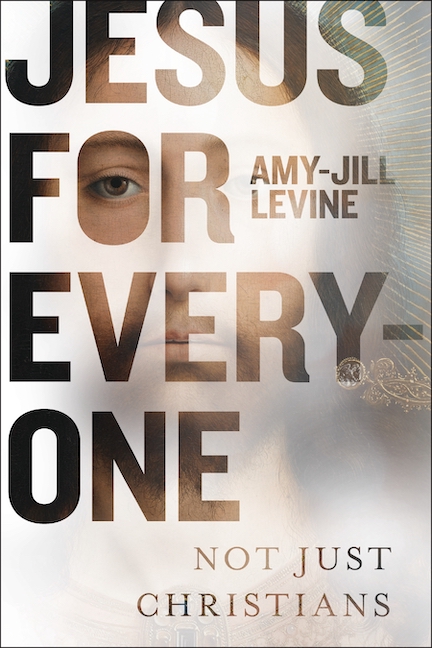The Crime of Crimes
Scholar Larry May examines the legal questions around genocide
When most people hear the word “genocide,” they think of something resembling the Nazis’ “Final Solution” to destroy Europe’s Jews—a clearly defined target group, an official policy of extermination, and the methodical slaughter of large numbers of people.
In fact, the term is closely associated with the Holocaust; it was introduced by Raphael Lemkin, a Polish-born lawyer of Jewish descent, in a 1944 book on German-occupied Europe. But, as Vanderbilt law professor Larry May explains in Genocide: A Normative Account, international law embraces a definition of genocide that extends well beyond what he calls the “paradigmatic” crime of the Nazis. May, a prominent scholar of international legal theory, guides readers through the conceptual underpinnings of the 1948 U.N. Convention on the Prevention and Punishment of the Crime of Genocide, exploring its implications and ambiguities, and discussing how they apply to events in Rwanda, Bosnia, and Darfur.
Genocide is prosecuted as a crime over and above any criminal acts through which it is accomplished. The Convention on Prevention and Punishment of the Crime of Genocide defines this crime as “acts committed with intent to destroy, in whole or in part, a national, ethnical, racial or religious group, as such,” and then goes on to delineate precisely which acts can rise to the level of genocide. The list includes killing, causing serious bodily or mental harm, inflicting destructive conditions of life, preventing births, and forcibly transferring children to another group.
 May does a thorough dissection of this legal meaning of genocide, beginning with a lengthy inquiry into what a “group” is—a seemingly abstract philosophical question that actually becomes crucial in real-life application of the law because an understanding of how groups operate is critical to establishing the special harm of genocide .As May points out, genocide need not involve killing a large number of the individuals in a group. What matters is that their group identity is destroyed, inflicting a loss of “who they are and what roles they have in the larger society, as well as a loss of the sense of self that sustains them as a source of meaningfulness for both their lives and their deaths.” In Rwanda, for example, the group distinctions between the genocidaires and their victims were much less clear-cut than they were in the Holocaust, leading to questions about whether what happened there constituted a true genocide in the legal sense.
May does a thorough dissection of this legal meaning of genocide, beginning with a lengthy inquiry into what a “group” is—a seemingly abstract philosophical question that actually becomes crucial in real-life application of the law because an understanding of how groups operate is critical to establishing the special harm of genocide .As May points out, genocide need not involve killing a large number of the individuals in a group. What matters is that their group identity is destroyed, inflicting a loss of “who they are and what roles they have in the larger society, as well as a loss of the sense of self that sustains them as a source of meaningfulness for both their lives and their deaths.” In Rwanda, for example, the group distinctions between the genocidaires and their victims were much less clear-cut than they were in the Holocaust, leading to questions about whether what happened there constituted a true genocide in the legal sense.
May goes on to examine a host of questions that haunt the legal definition of genocide, including issues of collective intent, complicity, and culpability. He makes a persuasive case for extending the list of genocidal acts to include ethnic cleansing and the destruction of a group’s language culture, and he argues cautiously for humanitarian intervention to prevent genocide. He answers the critics of criminal trials for perpetrators, who claim that the oppositional nature of trials impedes reconciliation, by arguing that the “adversarial posing of stories and sides to a conflict can make all participants better able to see that the world is normally properly understood from multiple standpoints.”
May’s book is addressed primarily to an audience of his fellow legal theorists, but it is written in a fairly straightforward style with a minimum of jargon. Although some of the ontological questions and legal puzzles in his book are too arcane to interest a general reader, May’s dispassionate discussion of the moral issues around genocide provides much food for thought about the terrible wrongs human beings do to each other.


